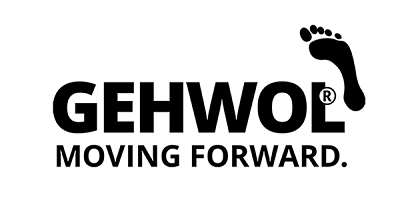In the realm of foot care, maintaining high hygiene standards is not just a regulatory requirement; it’s a vital practice that protects both practitioners and clients from infections. With the rise of pathogens such as fungi, viruses, and bacteria, understanding and implementing effective hygiene measures is paramount.
The Value of Hygiene
Hygiene is not merely about cleanliness; it’s about safeguarding health. Proper hygiene practices ensure that customers, staff, and practitioners are protected from potential infections. According to the German Infectious Diseases Act (IfSG), the goal is clear: prevent communicable diseases, detect infections early, and stop their spread.
Understanding Pathogens
Pathogens can be transmitted in various ways within foot care practices—through hands, instruments, or surfaces like treatment chairs. Common bacterial infections stem from staphylococci, while fungal infections often arise from dermatophytes. Additionally, wart viruses and bloodborne viruses such as HIV and HBV underscore the need for stringent hygiene protocols.
Laws and Guidelines
Adhering to established laws and guidelines is essential for safe hygiene practices. consult your Public Health Organization to receive invaluable recommendations for preventing nosocomial infections, focusing on operational hygiene measures. Compliance Medical Devices Regulation (MDR) ensures that medical devices meet high standards for safety and efficacy.
Personal Protective Equipment (PPE)
The use of Personal Protective Equipment (PPE) is critical in protecting yourself and your clients during treatments. Practitioners should wear puncture-resistant disposable gloves, ideally made of nitrile to minimize allergy risks. Additionally, mouth and nose masks, safety goggles, and moisture-repellent aprons should be part of your hygiene protocol. An FFP-2 mask is particularly recommended during treatments to protect against harmful pathogens and aerosols.
Risk Classification of Medical Devices
Understanding the risk classification of medical devices is crucial for determining the appropriate hygiene measures for reprocessing. Instruments that come into direct contact with skin or blood are classified as critical and require thorough sterilization. In contrast, non-critical devices can undergo simpler cleaning processes. Always opt for the safest method when in doubt.
Conclusion
Investing in proper hygiene practices is not only about compliance; it’s a cornerstone for building trust with your clients and ensuring a safe environment. With the support of high-quality products and continuous education, such as those offered by GEHWOL ACADEMY, practitioners can enhance their knowledge and skills in hygiene. Remember, high hygiene standards can also be a compelling argument for attracting new clients and retaining existing ones.
Stay informed, stay safe, and let’s work together to maintain the highest standards of hygiene in foot care!
Download the complete HYGIENE WORKING SAFELY AND PROTECTING HEALTH
- CONTENT ON THE BASIS OF GERMAN LEGISLATION


